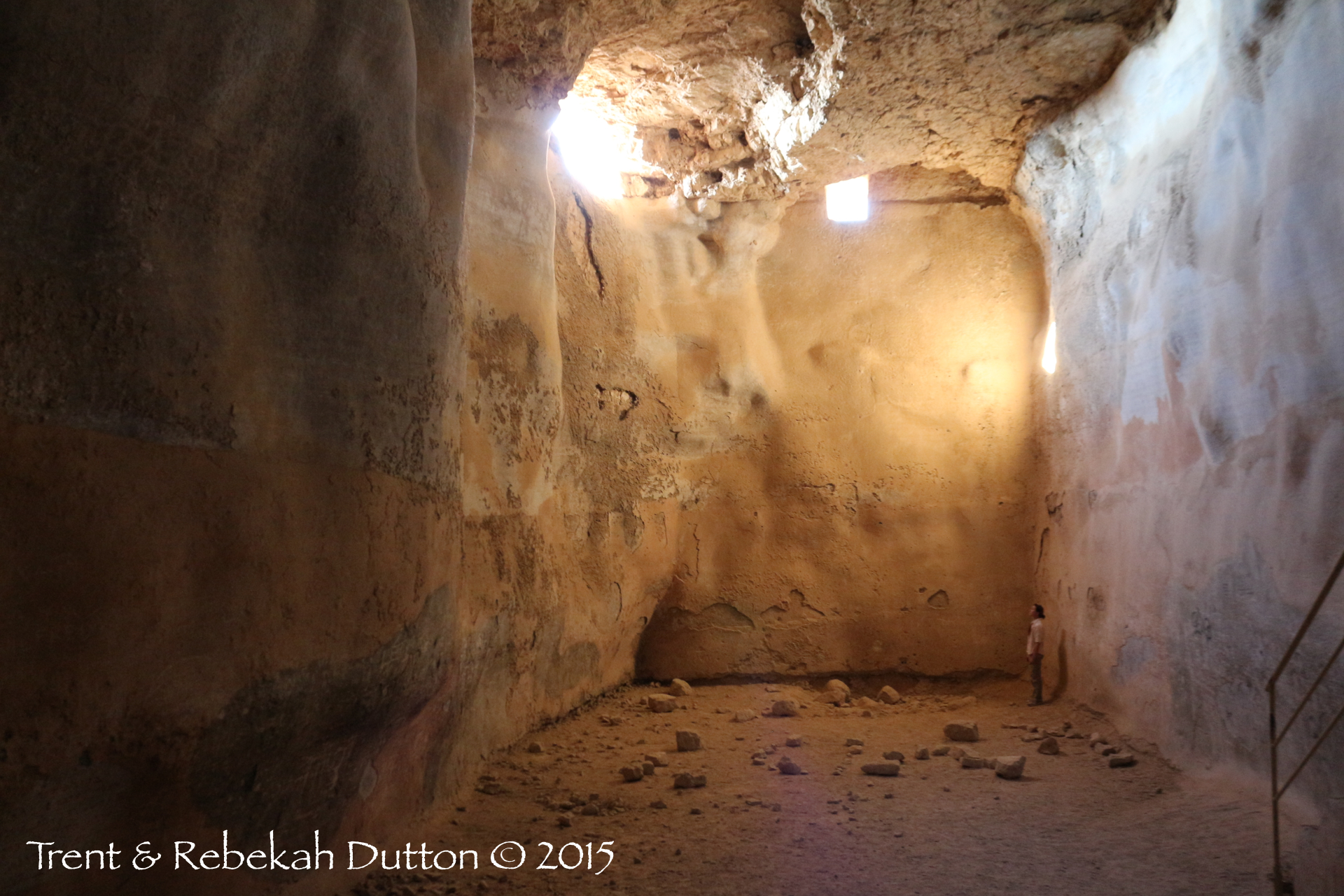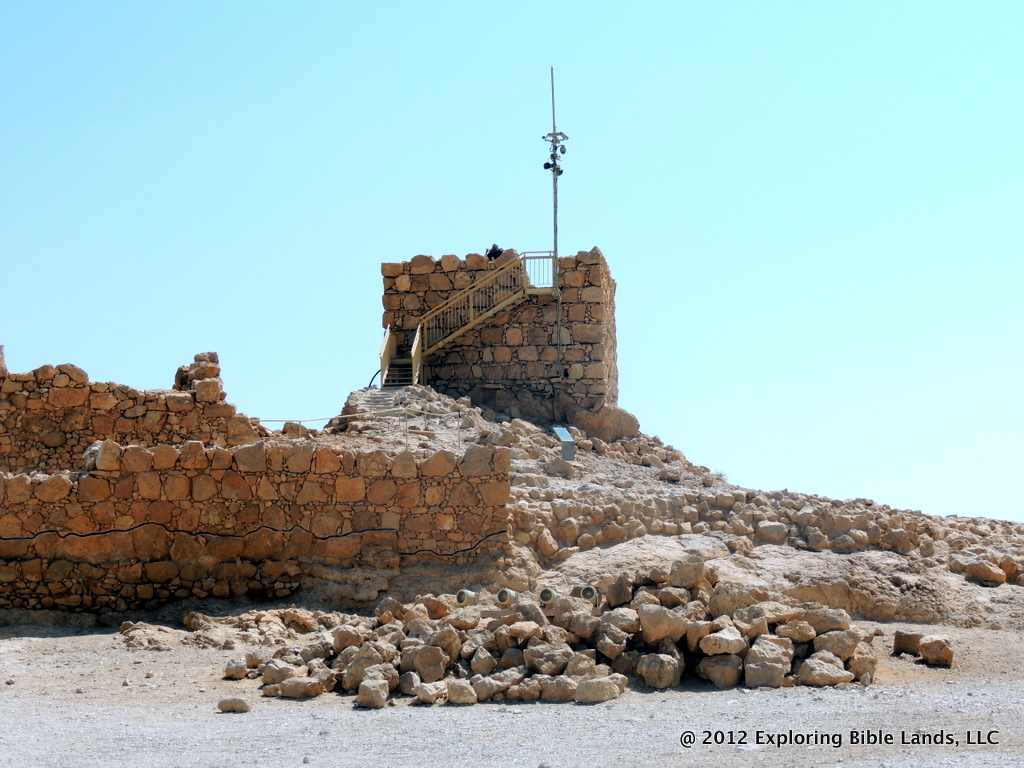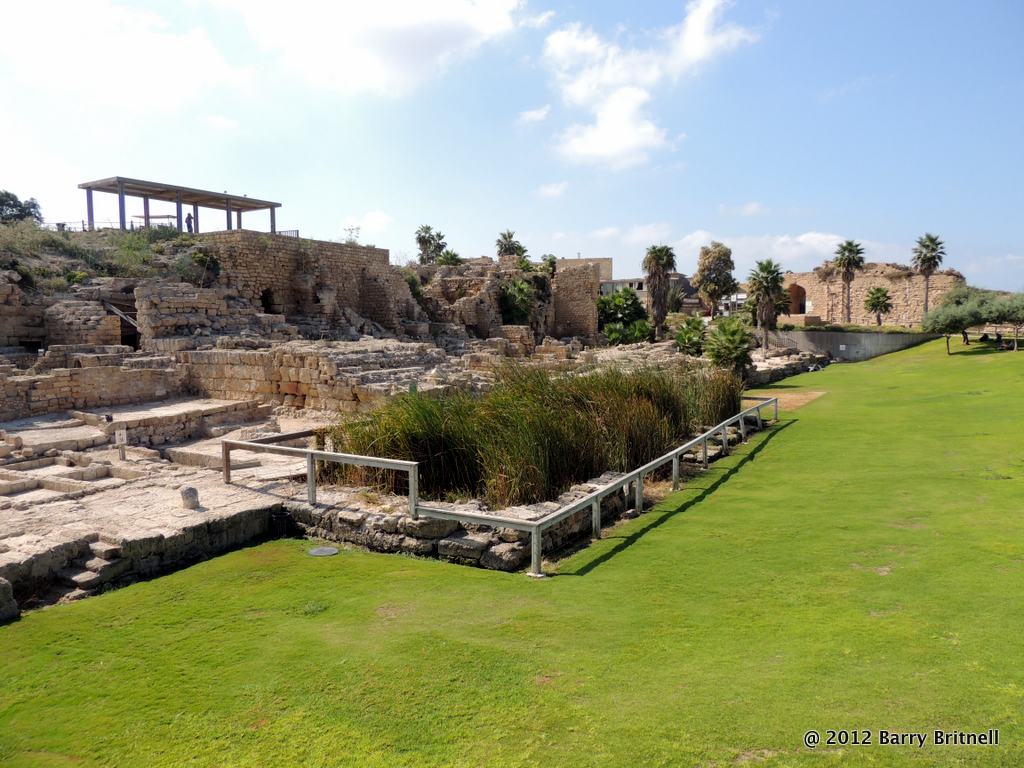Back in December, I posted a blog entry about the upcoming Herod the Great exhibit at the Israel Museum in Jerusalem.
Earlier today, I saw a great video made by the Israel Museum promoting the upcoming exhibit. It is only a minute long and I encourage you to watch it.
Even though it is not mentioned in the video, I am fairly confident that it was filmed at the large Jerusalem model at the museum. During Jesus' time, the palace was located on the western edge of the city. Knowing the location of places like this help you to better understand the Biblical accounts.
For instance, during the trials of Jesus, we read:
When Pilate heard of Galilee, he asked if the Man were a Galilean. And as soon as he knew that He belonged to Herod’s jurisdiction, he sent Him to Herod, who was also in Jerusalem at that time. Now when Herod saw Jesus, he was exceedingly glad; for he had desired for a long time to see Him, because he had heard many things about Him, and he hoped to see some miracle done by Him. Then he questioned Him with many words, but He answered him nothing. And the chief priests and scribes stood and vehemently accused Him. Then Herod, with his men of war, treated Him with contempt and mocked Him, arrayed Him in a gorgeous robe, and sent Him back to Pilate. That very day Pilate and Herod became friends with each other, for previously they had been at enmity with each other. - Luke 23:6-12
Although it is not explicitly mentioned, it is reasonable to conclude that this conversation took place in Herod's palace. With that mind, let's consider the last days of Jesus' life.
- He started in Bethany (about 2 miles east of Jerusalem).
- He came into town for the last supper with his apostles (possibly in the upper city).
- He went to the Garden of Gethsemane to pray (located outside the eastern side of the city).
- He was arrested and led to the house of Caiaphas (possibly located in the upper city).
- In the morning, He was led to the Sanhedrin (exact location unknown).
- He was then led to Pilate (located in either the Antonio Fortress or in or near the palace).
- He was then led to Herod (probably in the palace on the western edge of the city).
- He was then led back to Pilate.
- Finally, He was led to the cross (located outside the city).
That is a lot of walking.
We often read passages like "he sent Him to Herod" and don't take the time to consider the fact that he walked these distances (possibly in shackles) with very little sleep. It is no wonder that the guards did not have to break His legs to speed up His death during the crucifixion. By the time Jesus made it to the cross, He was completely exhausted.
As I mentioned earlier, knowing the locations of these Biblical places help you understand the stories.
 While cisterns like those at Beit Guvrin could serve a household, others were built to store water for communities, like Herod the Great’s colossal cisterns atop Masada. Living waters and wells are preferable, because the cistern catches and holds runoff from the rains. This can grow rather unpleasant as all the filth of the land can wash in, creating the deep sludge in which Jeremiah found himself sinking in Jeremiah 38.
While cisterns like those at Beit Guvrin could serve a household, others were built to store water for communities, like Herod the Great’s colossal cisterns atop Masada. Living waters and wells are preferable, because the cistern catches and holds runoff from the rains. This can grow rather unpleasant as all the filth of the land can wash in, creating the deep sludge in which Jeremiah found himself sinking in Jeremiah 38.







